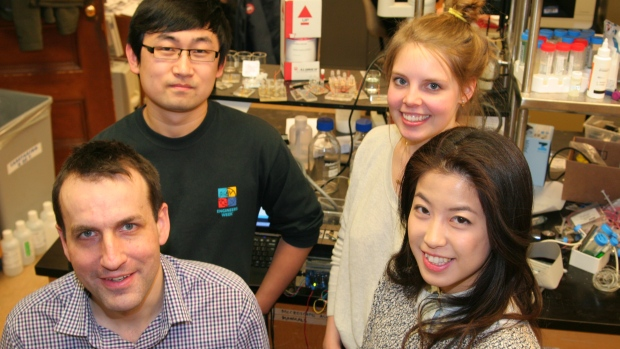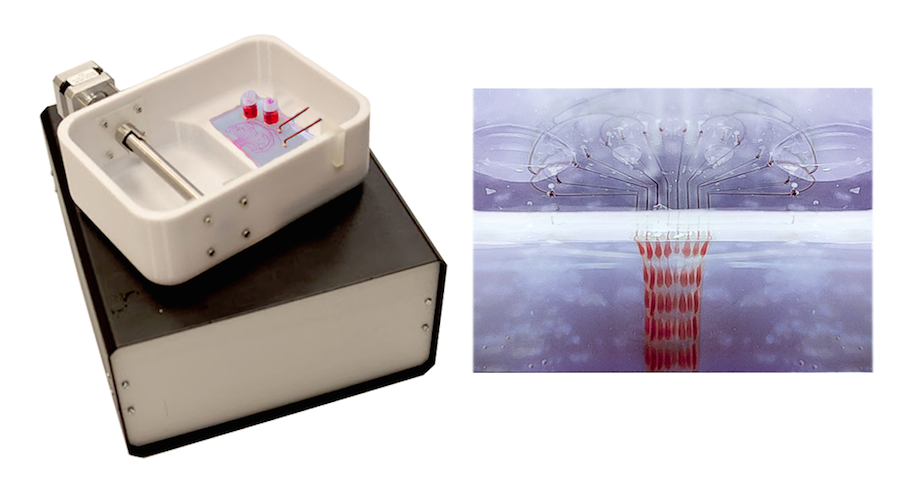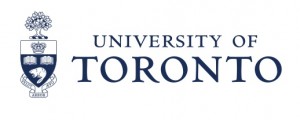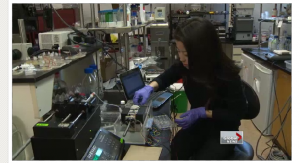BioPrinter engineering team wins Canada Dyson Award
This story appears courtesy of our colleagues at U of T Engineering News.

While some of us are using the new power of 3D printers to make smartphone cases and chocolate figurines, two engineering students from the University of Toronto are using them to print functional human skin.
On September 18, Arianna McAllister and Lian Leng were named the Canadian winners of the 2014 James Dyson Award for their invention, the PrintAlive Bioprinter.
This story was covered by CBC News and BBC News. The BioPrinter team is working with MaRS Innovation to commercialize their technology; read the news archive.

The machine – created in collaboration with Professor Axel Guenther, alumnus Boyang Zhang and Dr. Marc Jeschke, head of Sunnybrook Hospital’s Ross Tilley Burn Centre – prints large, continuous layers of tissue that recreate natural skin.


